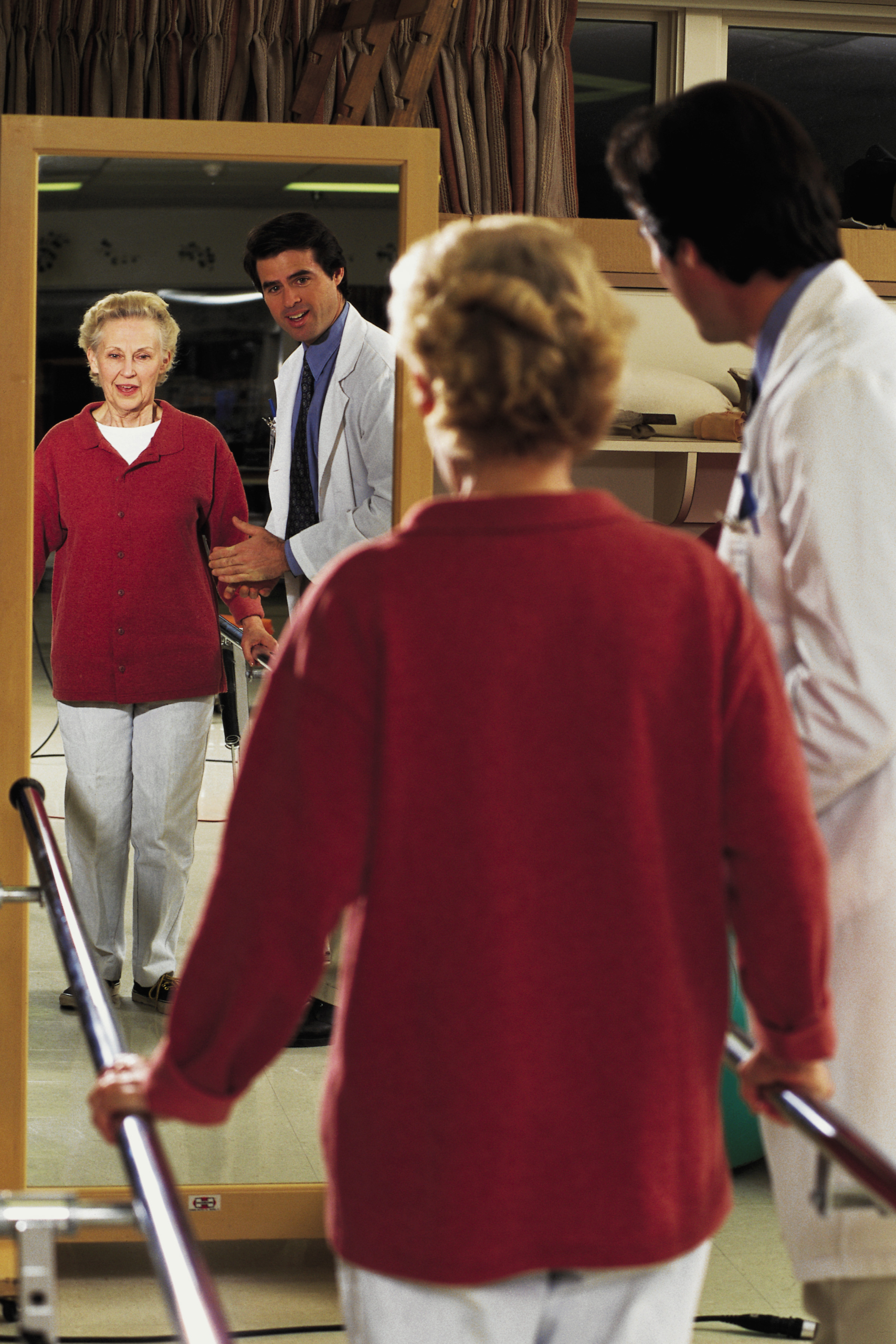EasyLiving caregivers are trained in safe transfer techniques and in-home safety when physically helping your loved one.
Why are safe transfer techniques so important?
- Transferring is a crucial time when elder clients can get hurt or suffer a fall, if not assisted properly.
- It is easy for a caregiver to hurt him/herself while assisting with transferring. Back injury rates result in high numbers of lost work days for many healthcare workers. Proper training can prevent the great majority of injuries.
- Mobility in the home is key to your loved one staying active and healthy. Caregivers play a critical role in keeping the client mobile, assisting with daily activities, and enabling the client to do favorite activities even when weakened.
There is a science to proper transfers. It is not simply about strength. Knowing the proper technique for transferring in different situations helps any caregiver safely and more easily assist the client. This training is essential to reducing on-the-job injuries so your caregiver is healthy and strong to take care of you!
More and more specialized medical equipment is being used in the home environment to support aging-in-place, including hospital beds, hoyer lifts, lift chairs, shower chairs and bath equipment, wheelchairs and walkers. Trained caregivers understand proper use of such equipment, which prevents accidents and keeps your loved one safe at home.
What factors are important in safely transferring a client?
- Proper body mechanics (ergonomics)
- Positioning
- Communication
- Knowing the client (needs, strengths/weaknesses, concerns)
- Understanding how specialized equipment works and using it properly
- Preparing the environment and client/caregiver for the transfer process
During EasyLiving’s caregiver orientation and continuing education programs caregivers are trained in client care safety. They’re trained in core skills and given hands-on training with practical skills testing/reviews, including on-site reviews of how skills are being used in the home.

